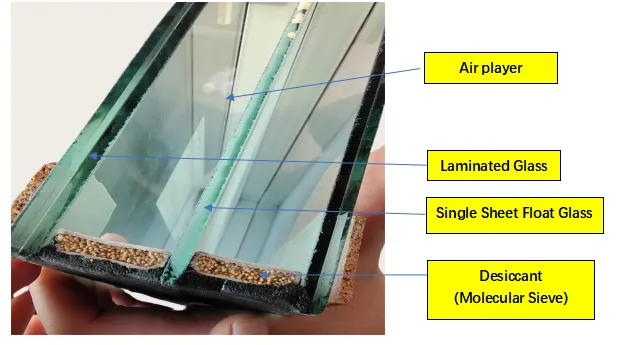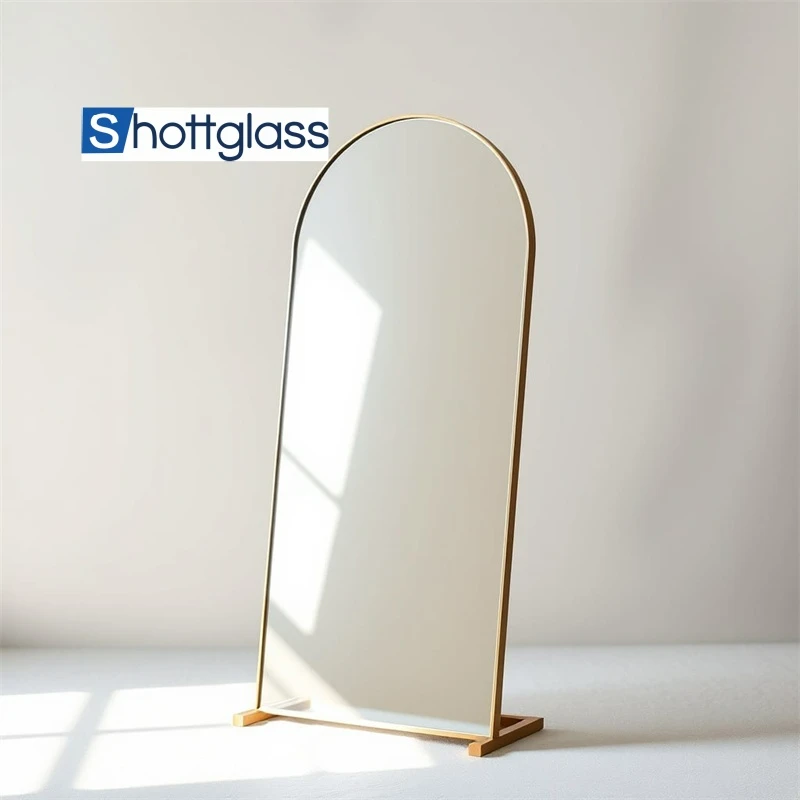Oct . 09, 2024 22:26 Back to list
float glass tempered
The Significance of Float Glass Tempered in Modern Architecture
In the realm of modern architecture and construction, the use of glass has evolved dramatically. Among the various types of glass, float glass tempered stands out due to its unique properties and versatility. This article explores the characteristics, benefits, and applications of float glass tempered, highlighting its significance in contemporary design and safety standards.
Float glass, initially developed in the mid-20th century, is produced by floating molten glass on top of molten tin. This process results in a smooth, flat surface that is uniform in thickness, making it ideal for a multitude of applications. However, standard float glass is not suitable for high-stress environments. This is where the tempering process comes into play. Tempering involves heating the glass to a high temperature and then rapidly cooling it, a process that enhances its strength and durability.
Properties of Float Glass Tempered
One of the primary advantages of float glass tempered is its increased strength. Toughened through the tempering process, it can withstand greater impact and thermal stress compared to regular glass. This makes it particularly useful in environments where safety is a concern. For instance, if breakage occurs, tempered glass shatters into small, blunt pieces rather than jagged shards, significantly reducing the risk of injury.
Another noteworthy property of float glass tempered is its resistance to thermal shock. Where conventional glass may crack or shatter when exposed to sudden temperature changes, tempered glass maintains its integrity, making it suitable for applications like shower doors, facades, and other structures exposed to extreme temperature variations.
Benefits of Float Glass Tempered
The benefits of using float glass tempered extend beyond safety and durability. In terms of energy efficiency, many types of tempered glass can be coated with low-emissivity (Low-E) films, which reflect heat and contribute to a building’s insulation. This not only maintains a comfortable indoor environment but also lowers energy costs associated with heating and cooling.
float glass tempered

Additionally, float glass tempered offers aesthetic flexibility. It can be produced in various thicknesses, sizes, and finishes, allowing architects and designers to create visually appealing structures that meet functional requirements without compromising style. From modern skyscrapers to residential homes, tempered glass can enhance the overall aesthetic, leading to more innovative and attractive designs.
Applications in Architecture
The applications of float glass tempered are vast and varied, spanning commercial, residential, and automotive sectors. In commercial architecture, it is often used for facades and storefronts, providing both security and an eye-catching appearance. Its strength allows for large glass panels, enabling designers to create expansive views and natural light within buildings, which contribute to a more pleasant working environment.
In residential settings, tempered glass is commonly used for sliding doors, windows, and partition walls. Its safety features are particularly valuable in homes with children or pets, where the risk of accidental breakage is a concern. Furthermore, tempered glass does not warp or bow over time, ensuring that homeowners enjoy a clear view for years to come.
In the automotive industry, tempered glass is crucial for windshield construction. Its strength and shatter-resistant properties enhance vehicle safety, protecting occupants in the event of an accident.
Conclusion
In conclusion, float glass tempered represents a significant advancement in glass technology, providing safety, durability, and aesthetic appeal in various applications. Its properties make it an invaluable material in modern architecture, addressing the demands of energy efficiency, safety, and design flexibility. As architects and builders continue to push the boundaries of innovative design, the role of float glass tempered will undoubtedly expand, playing a crucial part in shaping the environments in which we live and work. With ongoing advancements in glazing technologies, the future holds exciting prospects for the use of tempered glass in buildings that are not only functional but also inspiring.
-
Chemically Strengthened Glass vs Tempered Glass
NewsJul.18,2025
-
Custom Frosted Glass Applications
NewsJul.18,2025
-
What’s the Difference Between Obscure Glass and Frosted Glass?
NewsJul.18,2025
-
Bullet Resistant Glass Levels
NewsJul.18,2025
-
Silver Wall Mirrors for Living Room
NewsJul.18,2025
-
Bullet Resistant Glass Definition
NewsJul.18,2025
Related PRODUCTS














